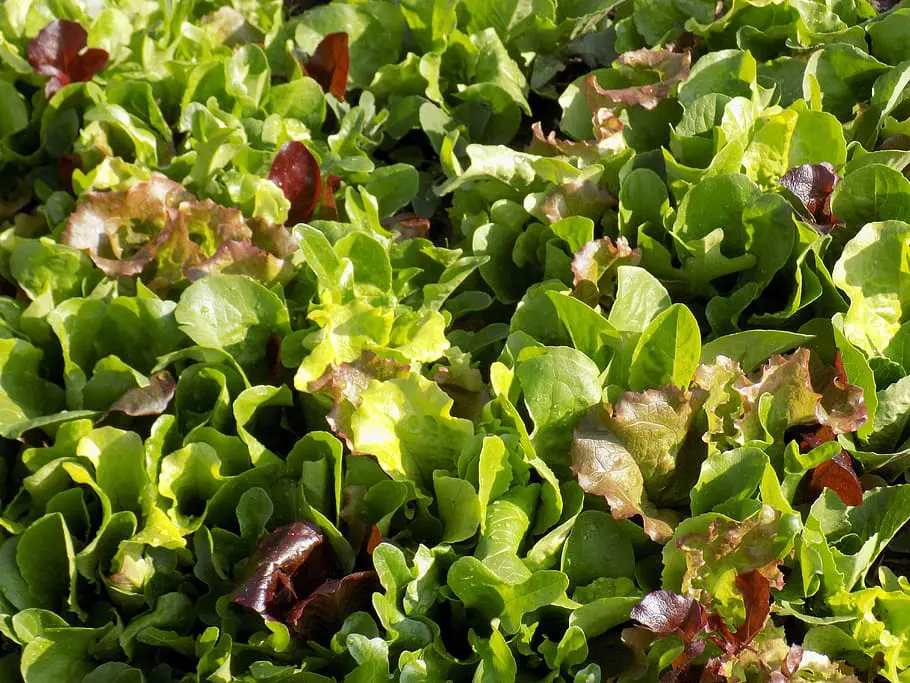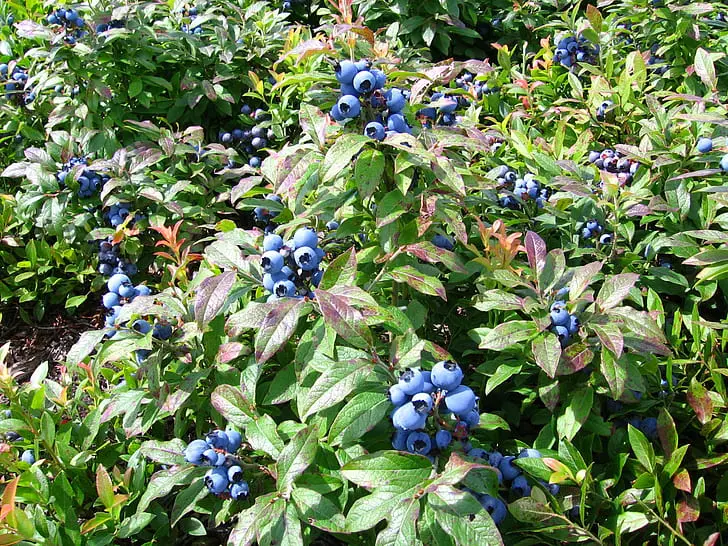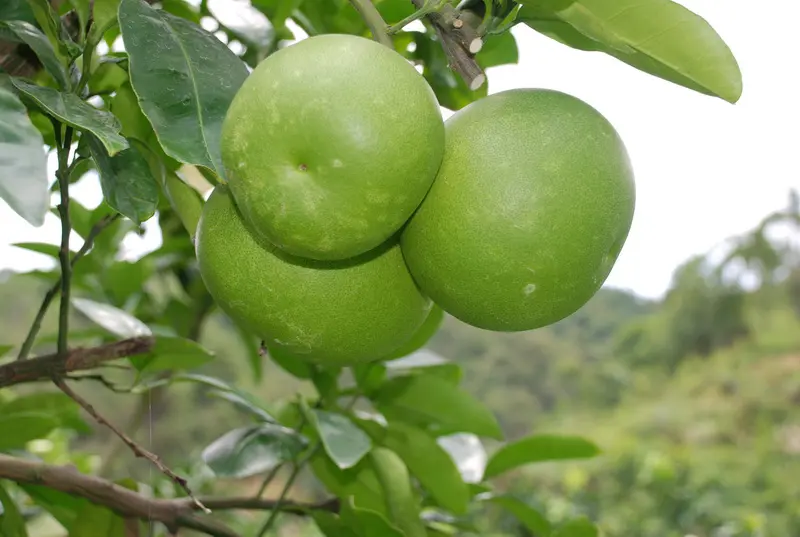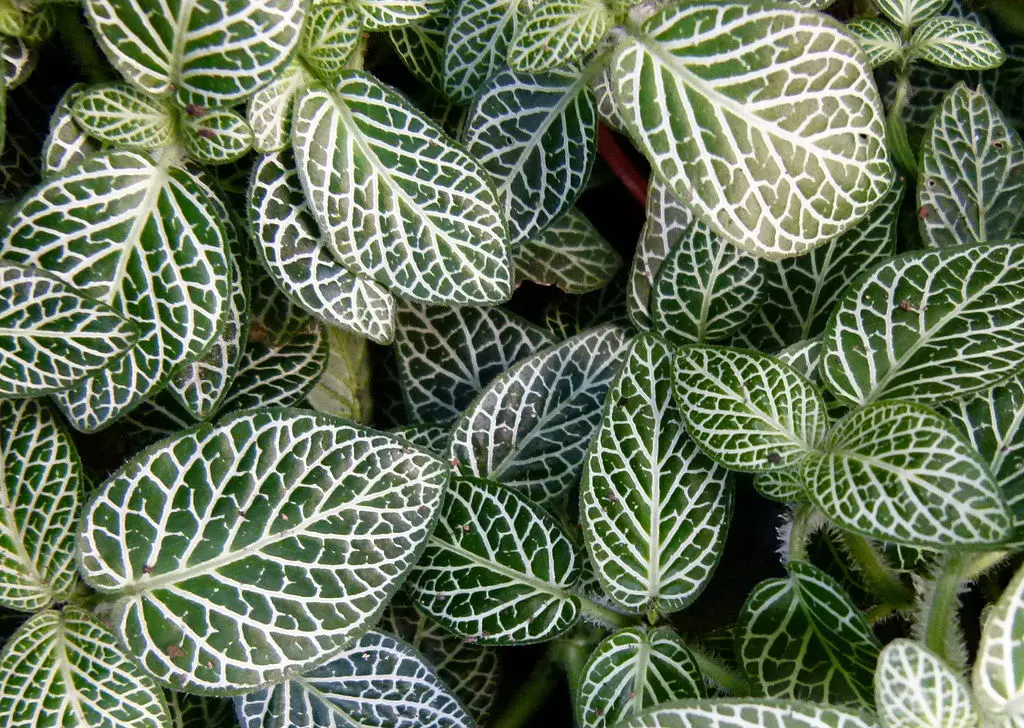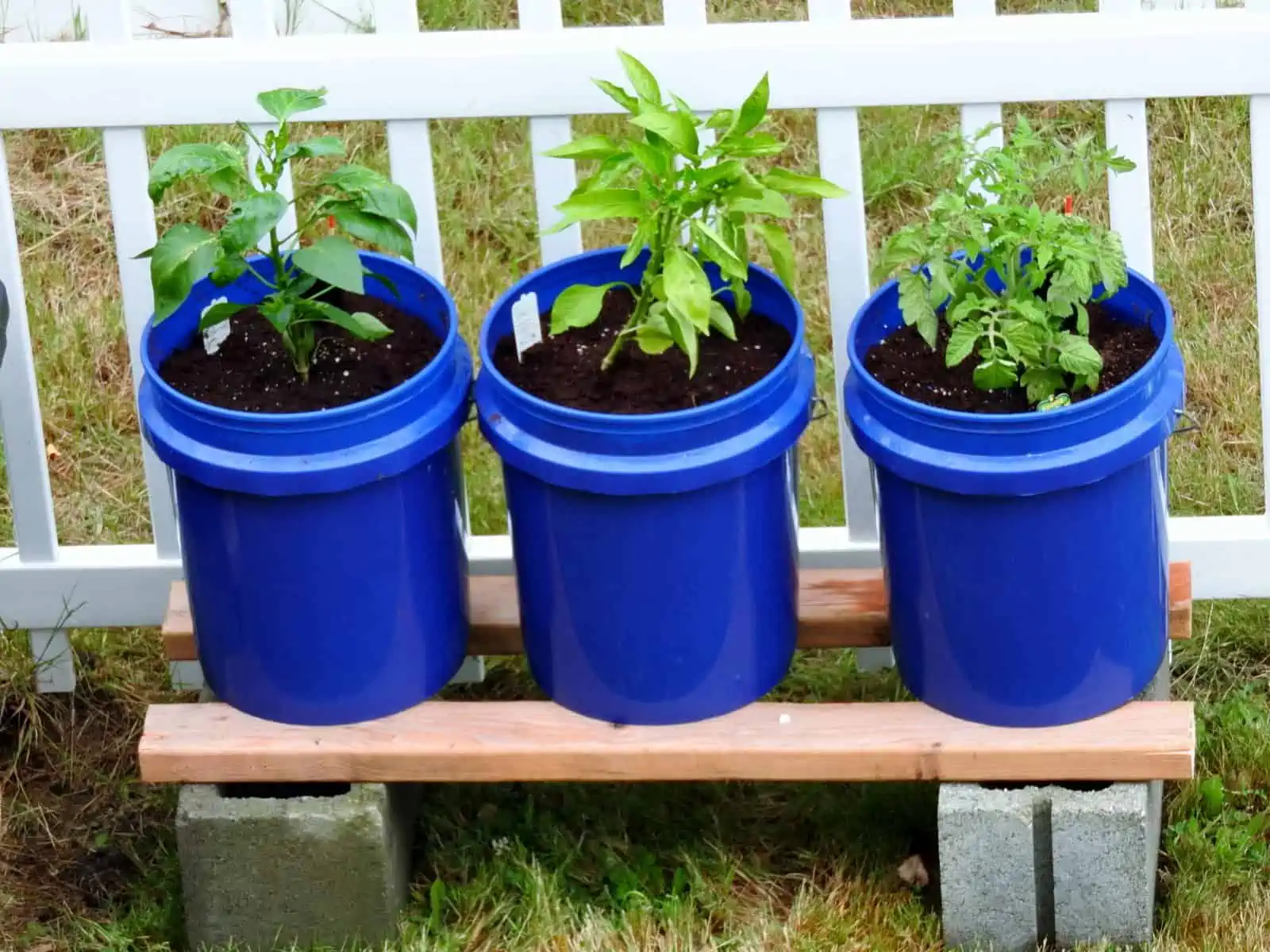This post contains affiliate links. If you buy something from one of our links we may earn a commission. Thanks
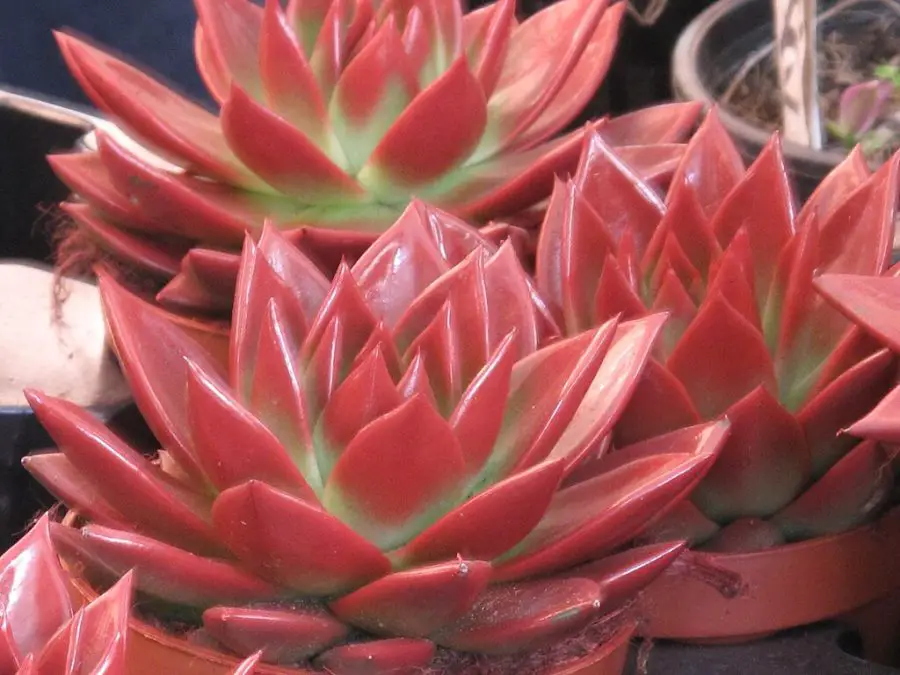
Discover the simple joys of echeveria care indoors. Dive into our easy guide and let your succulent thrive with our top tips and tricks!
Echeveria care indoors involves providing plenty of light, ideally a few hours of direct sunlight each day. Use well-draining soil and pots with drainage holes to prevent waterlogging. Water sparingly, allowing the soil to dry out between waterings. A moderate room temperature between 60-75°F is generally sufficient. Fertilize sparingly during the growing season.
Diving into the world of succulents? You’re in for a treat! Echeveria care indoors is like a delightful dance with nature, right in the comfort of your home.
These rosette beauties, with their myriad of colors and textures, can brighten up any space.
And guess what? They’re not as high-maintenance as they look. Let’s embark on this green journey together and make your echeveria the envy of all your plant-loving friends!
You can find Echeveria online on Amazon.
Introduction: Echeveria Care Indoors
Echeveria Care Indoors is about providing bright, indirect light, using well-draining soil, and watering sparingly. Ensure the top 1-2 inches of soil is dry before watering. Protect from extreme cold and avoid overwatering to prevent root rot. Regularly check for pests and ensure a temperature range of 65-80°F for optimal growth.
Echeverias, with their mesmerizing rosette patterns and diverse hues, have taken the indoor plant world by storm.
If you’ve ever wondered how to keep these beauties thriving inside your home, you’re in the right place.
In this post, we’ll delve deep into the world of echeveria care indoors, from its rich history to the nitty-gritty of its care requirements. Let’s get started!
Origin and Background
Echeverias aren’t just pretty faces; they come with a rich tapestry of history and cultural significance. Let’s embark on a journey to discover where these beauties come from and the stories they carry.
Native regions: Echeverias hail from the vibrant landscapes of Mexico, Central America, and South America, where they’ve adapted to thrive in diverse conditions.
Historical significance: These plants owe their name to the talented Mexican painter, Anastasio Echeverria, who dedicated his art to capturing the beauty of the region’s flora.
Physical Characteristics
Before diving into care tips, let’s take a moment to appreciate the unique physical attributes that make echeverias the showstoppers they are.
Rosette formation: The hallmark of echeverias, their spiral rosette formation, is a sight to behold.
Varieties of colors and textures: From velvety blues to shimmering purples, echeverias come in a delightful array of colors and textures.
Growth patterns and sizes: Whether you’re looking for a petite plant for your desk or a larger centerpiece, there’s an echeveria size perfect for every space.
Ideal Conditions for Growth
To ensure your echeveria thrives, it’s essential to recreate its natural habitat as closely as possible. Let’s explore the ideal conditions for its growth.
Light requirements:
Importance of bright light: Echeverias love basking in bright, indirect sunlight.
Potential for sunburn: But be cautious! Too much direct sun can lead to unsightly sunburns on their leaves.
Temperature preferences:
These plants prefer a warm and cozy environment, ideally between 65-80°F.
Humidity levels:
Echeverias aren’t fans of high humidity; they prefer their surroundings on the drier side.
Watering Needs
Watering is often considered a simple task, but when it comes to echeverias, it’s a delicate balance.
These succulents, with their thick, fleshy leaves, store water, making them resilient during dry spells.
However, this also means they’re particularly sensitive to overwatering.
Let’s dive into the specifics to ensure your echeveria remains hydrated without being overwhelmed.
Signs of Overwatering and Underwatering:
Overwatering: If your echeveria’s leaves start to feel mushy, turn translucent, or yellow, it might be getting too much water.
Additionally, a droopy appearance or a rotten smell can indicate root rot, a consequence of excessive moisture.
Underwatering: On the flip side, wrinkled or shriveled leaves can be a cry for more water. Echeverias can handle drought, but they’d rather not!
Best Practices for Watering Echeveria:
Deep Watering: Instead of frequent light watering, opt for a deep soak. This encourages the roots to grow deeper, making the plant more resilient.
Check the Soil: Before you reach for that watering can, do the finger test. Insert your finger up to 1-2 inches into the soil. If it feels dry, it’s time to water. If it’s still moist, wait a bit longer.
Morning Watering: Watering in the morning allows any excess moisture on the leaves to evaporate during the day, reducing the risk of fungal diseases.
Avoid Wet Leaves: While the roots love water, the leaves? Not so much. Try to water the base of the plant to prevent water from settling on the leaves.
Remember, it’s always better to lean towards underwatering than overwatering when it comes to echeverias.
With a bit of observation and understanding of their needs, you’ll master the art of watering in no time!
Soil and Drainage
The right foundation can make all the difference in your echeveria’s health and happiness. Let’s dive into the perfect soil mix that’ll have your plant thriving in no time.
Importance of well-draining soil: Echeverias, like most succulents, detest waterlogged conditions.
They need soil that allows water to pass through easily, preventing root rot and other moisture-related issues.
Recommended soil mixes: For a match made in plant heaven, consider a 50/50 mix of coco coir and perlite.
Coco Coir and Perlite
This sustainable and organic material has excellent water retention properties, ensuring your echeveria gets the moisture it needs without becoming waterlogged.
Perlite: These little white balls are a gardener’s best friend. They improve aeration, ensuring your plant’s roots have access to the oxygen they need.
Plus, they aid in drainage, ensuring excess water moves away quickly.
Combining coco coir and perlite offers a balanced medium where moisture and air exist in harmony, creating an environment where your echeveria can truly flourish.
Propagation Techniques
Ever looked at your echeveria and thought, “I wish I had more of these beauties”? Well, the good news is, you can!
Propagation is like plant magic, allowing you to multiply your collection without spending a dime.
Let’s unravel the mystery behind this fascinating process and get you started on your propagation journey.
Step-by-Step Propagation Instructions:
• Choose a Healthy Leaf: Begin by selecting a healthy, plump leaf from your echeveria. Ensure it’s free from any spots or blemishes.
• Gentle Removal: Gently wiggle the leaf from side to side until it detaches. Aim to get a clean break, ensuring the entire base of the leaf comes off.
• Let it Dry: Place the leaf in a shaded spot and allow it to dry for a few days. You’re waiting for the cut end to callous over, which helps prevent rot when it’s planted.
• Planting Time: Once calloused, place the leaf on top of a 50/50 mix of coco coir and perlite. No need to bury it; just let it sit on the surface.
• Wait and Watch: In a few weeks, you’ll notice tiny pink roots starting to emerge from the base of the leaf. This is a sign your propagation is on the right track!
• Watering: Mist the soil around the leaf every few days, ensuring it’s slightly moist but not waterlogged.
• Baby Echeverias: Over time, you’ll see a tiny rosette forming at the base of the leaf. This is your new echeveria taking shape!
• Transplanting: Once your baby echeveria has grown a bit and has a robust root system, you can transplant it into its own pot.
And there you have it! With a bit of patience and care, you’ll have a brand-new echeveria to add to your collection or gift to a fellow plant lover.
Echeveria Flowering
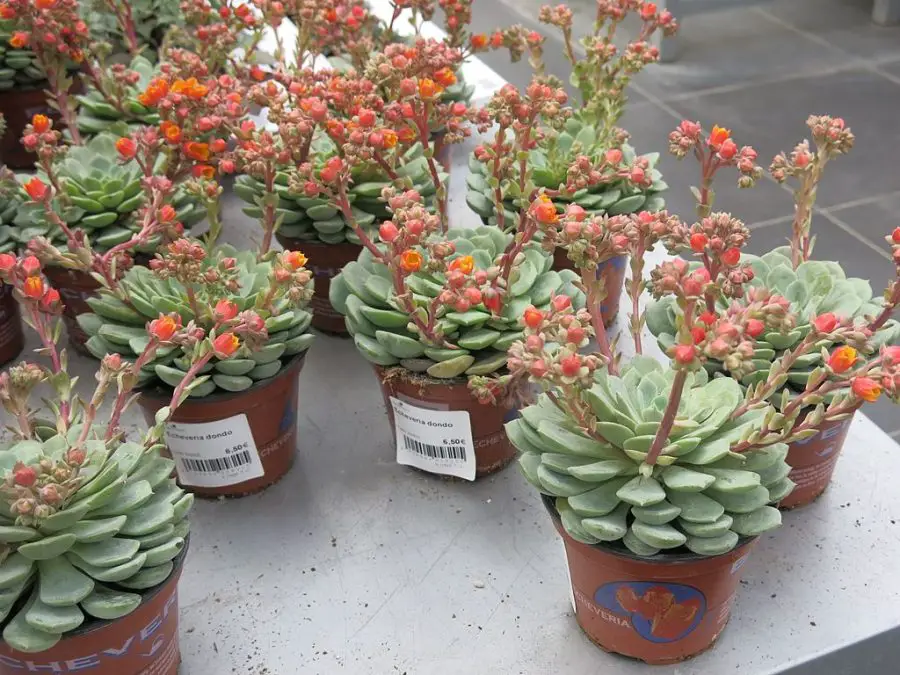
Echeverias aren’t just about beautiful leaves; they have a floral surprise up their sleeves too!
Conditions for flowering: With the right amount of light, your echeveria might just reward you with blooms.
Description of Echeveria flowers: These flowers, often on tall stalks, add a burst of color and charm to the plant.
Potential Issues and Solutions
While echeverias are relatively low-maintenance, they aren’t entirely free from challenges.
Just like us, they have their off days and face a few pesky problems. But with a keen eye and the right knowledge, you can tackle these issues head-on and keep your echeveria in tip-top shape.
Let’s dive into some common problems and arm you with solutions.
Common Pests:
Mealybugs: These tiny, white, cotton-like pests love to hide in the nooks and crannies of your echeveria.
They suck the sap, weakening the plant. Combat them by wiping your plant with a soft cloth dipped in isopropyl alcohol.
Aphids: These small, green or black bugs can be found on the undersides of leaves or on new growth.
A strong stream of water or insecticidal soap can help keep them at bay.
Spider Mites: If you notice fine webbing on your echeveria, you might be dealing with spider mites. Increase humidity and wipe down your plant to deter them and spray them with a neem oil solution.
Potential Problems:
Root Rot: Overwatering can lead to root rot, a fungal disease. If your echeveria’s leaves are turning yellow or mushy, check its roots.
Healthy roots are white and firm, while rotten ones are brown and mushy. If you spot rot, remove the affected roots, let the plant dry out, and repot in fresh soil.
Etiolation (Stretching): If your echeveria starts to look tall and stretched out, it’s craving more light.
This is called etiolation. Move it to a brighter spot to prevent further stretching.
Leaf Drop: If leaves are falling off without any apparent reason, it might be due to extreme temperature changes or overwatering.
Ensure your plant is in a stable environment and check your watering routine.
With these solutions in your plant-care arsenal, you’re well-equipped to handle any challenges that come your echeveria’s way.
Remember, every plant hiccup is a learning opportunity, making you an even better plant grower!
Echeveria Care FAQs
Echeverias, with their captivating beauty, often lead to a cascade of questions. Whether you’re a newbie or a seasoned plant enthusiast, there’s always something new to learn.
Let’s tackle some of the most burning questions about echeveria care.
Q. Do Echeverias need direct sunlight?
A. Echeverias are sun-lovers, but they’re a bit picky about the kind of sunlight they receive.
While they thrive in bright conditions, harsh direct sunlight, especially during scorching summer afternoons, can cause sunburn on their delicate leaves.
Instead, aim for a spot that offers bright, filtered light, like a windowsill with sheer curtains.
Q. How often should I water my Echeveria?
A. Echeverias, being succulents, have water-storing capabilities. This means they prefer to be watered thoroughly but less frequently.
The golden rule? Let the top 1-2 inches of soil dry out between waterings.
This usually translates to watering once every 2-3 weeks, but always let the soil be your guide.
Q. Can Echeverias survive in cold temperatures?
A. Originating from warmer regions, echeverias have a penchant for balmy conditions.
They can get stressed in temperatures below 50°F. If you live in an area with cold winters, it’s a good idea to bring your outdoor echeverias inside to shield them from the chill.
Q. How do I propagate Echeveria?
A. Propagation is like unlocking a bonus level in the game of plant care! For echeverias, the leaf-cutting method is quite effective.
Gently twist off a healthy leaf, let it sit for a few days to develop a callous, and then place it on a mix of coco coir and perlite. In a few weeks, you’ll witness the magic of new growth!
Q. How do you care for an Echeveria indoors?
A. Indoor echeveria care is a blend of the right light, water, and soil. Ensure your plant gets bright, indirect light.
Water sparingly, waiting for the soil to dry out between sessions.
And always use a well-draining soil mix, like a 50/50 blend of coco coir and perlite, to keep those roots happy.
Q. Can Echeveria survive indoors?
A. Absolutely! In fact, many plant enthusiasts exclusively grow echeverias indoors.
With the right care and adequate light, a proper watering routine, and the right soil your echeveria will not only survive but will flourish, adding a touch of nature’s art to your indoor spaces.
Echeveria Care Indoors Conclusion
As we come to the end of our comprehensive guide on echeveria care, it’s time to pause and appreciate the journey we’ve embarked on together.
These plants, with their intricate rosettes and myriad of colors, have a unique way of connecting us to the wonders of nature.
Recap of Echeveria Care Essentials:
We’ve journeyed through the echeveria’s origins, delved into its physical characteristics, and explored the nuances of its care from the significance of well-draining soil to the art of propagation.
It’s been a holistic exploration, ensuring you’re equipped with all the knowledge you need.
A Note to Aspiring Echeveria Enthusiasts:
Remember, plants, much like relationships, thrive on attention and care.
As you nurture your echeveria, you’ll witness its growth and transformation.
And in this process, you’ll find that it’s not just the plant that’s growing; you’re growing with it, evolving into a more patient and attentive plant parent.
Here’s to many joyous moments with your echeveria, a testament to the beauty of nature and the rewards of dedication.








